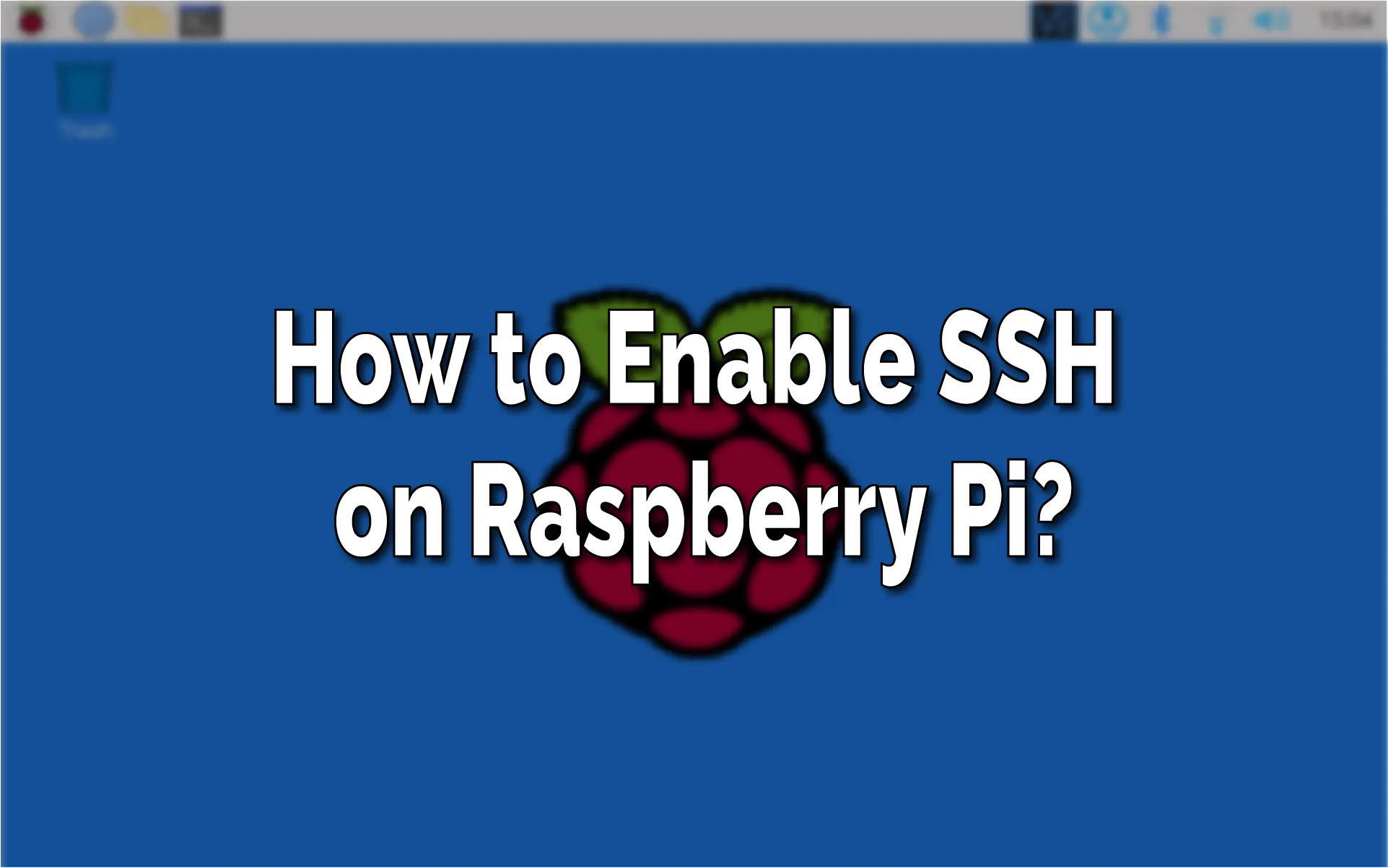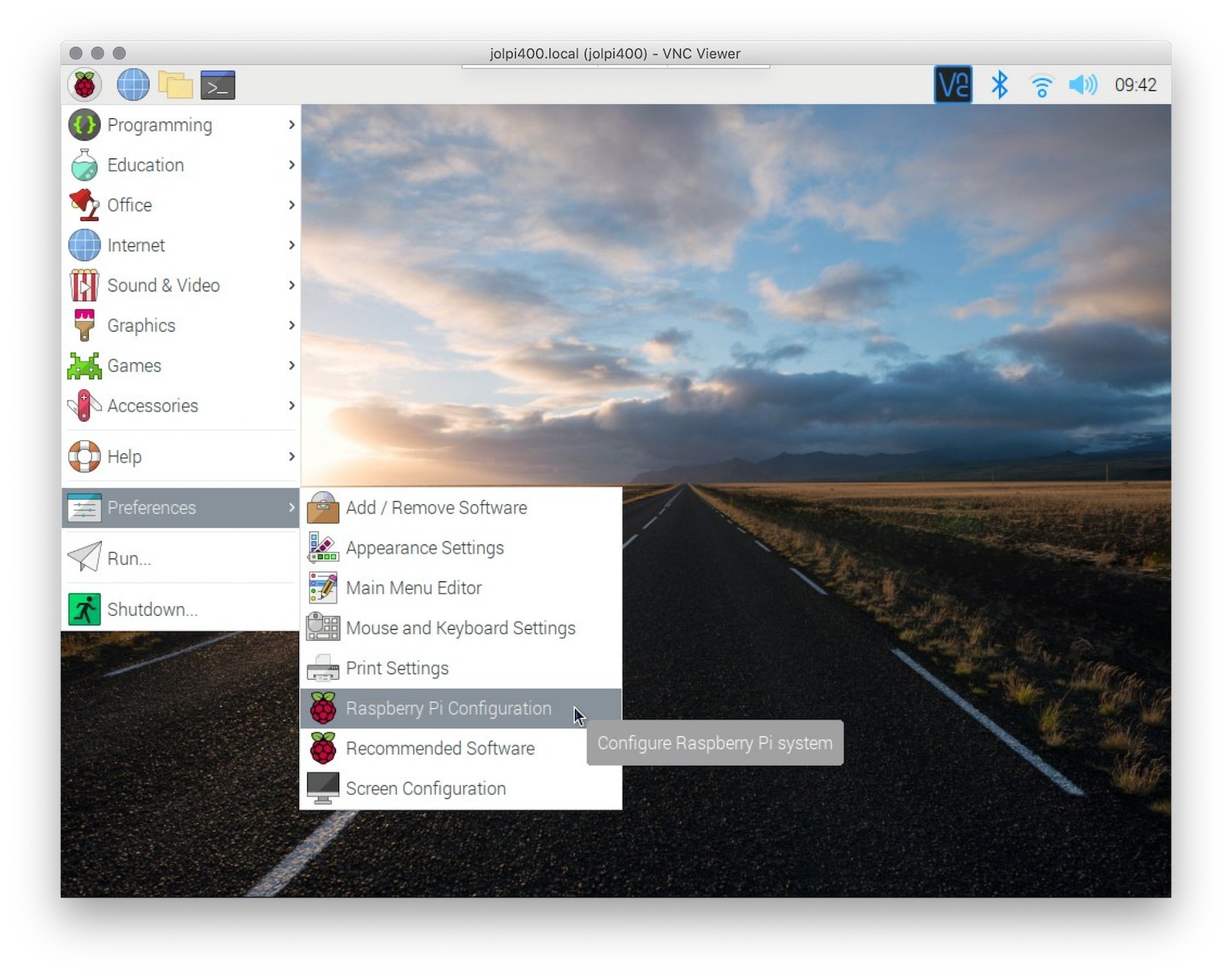Free RemoteIoT Platform SSH Key For Raspberry Pi: A Comprehensive Guide
Are you looking for a reliable and secure way to manage your Raspberry Pi remotely? The RemoteIoT platform offers a free solution that allows you to use SSH keys for secure access to your device. In today’s interconnected world, remote management of devices like the Raspberry Pi has become essential for developers, IT professionals, and hobbyists alike. This article will guide you through the process of setting up and using SSH keys on the RemoteIoT platform to ensure secure and efficient remote access to your Raspberry Pi.
RemoteIoT is a cloud-based platform designed to simplify the process of managing IoT devices remotely. It provides a secure and user-friendly interface for accessing your devices over the internet. One of the standout features of RemoteIoT is its support for SSH keys, which enhances the security of your Raspberry Pi by eliminating the need for password-based authentication. This is particularly important for devices that are part of critical systems or handle sensitive data.
In this article, we will explore the benefits of using SSH keys, the step-by-step process of setting them up on the RemoteIoT platform, and how this solution can improve your Raspberry Pi management. Whether you are a beginner or an experienced user, this guide will provide you with the knowledge and tools to securely manage your Raspberry Pi from anywhere in the world.
Table of Contents
- Introduction to RemoteIoT Platform
- What is SSH and Why is it Important?
- Benefits of Using SSH Keys
- How to Set Up SSH Keys on Raspberry Pi
- Configuring RemoteIoT Platform for SSH Access
- Troubleshooting Common Issues
- Security Best Practices for Remote Access
- Comparison with Other Remote Access Tools
- Real-World Applications of RemoteIoT Platform
- Conclusion and Next Steps
Introduction to RemoteIoT Platform
The RemoteIoT platform is a cloud-based service designed to simplify the management of IoT devices, including the Raspberry Pi. It provides users with a secure and efficient way to access their devices remotely, making it an ideal solution for developers, system administrators, and hobbyists. The platform supports a variety of features, including SSH key authentication, which enhances the security of remote connections.
One of the key advantages of RemoteIoT is its ease of use. The platform offers a user-friendly interface that allows users to manage multiple devices from a single dashboard. This eliminates the need for complex configurations and reduces the time required to set up remote access. Additionally, RemoteIoT supports a wide range of devices, making it a versatile tool for managing IoT ecosystems.
RemoteIoT also prioritizes security, which is critical for devices that handle sensitive data or are part of critical systems. By supporting SSH key authentication, the platform ensures that only authorized users can access the devices. This feature is particularly beneficial for Raspberry Pi users who want to secure their devices without compromising convenience.
What is SSH and Why is it Important?
SSH, or Secure Shell, is a cryptographic network protocol used for secure communication between a client and a server. It is widely used for remote access to devices, file transfers, and command execution. SSH provides a secure alternative to traditional protocols like Telnet, which transmit data in plaintext and are vulnerable to interception.
The importance of SSH lies in its ability to encrypt data during transmission, ensuring that sensitive information such as login credentials and commands cannot be intercepted by malicious actors. This is particularly important for devices like the Raspberry Pi, which are often used in IoT projects and may be exposed to the internet.
Using SSH keys instead of passwords further enhances security. SSH keys are based on public-key cryptography, which eliminates the need for password-based authentication. This reduces the risk of brute-force attacks and makes it significantly harder for unauthorized users to gain access to your device.
Benefits of Using SSH Keys
SSH keys offer several advantages over traditional password-based authentication. Below are some of the key benefits:
- Enhanced Security: SSH keys are significantly more secure than passwords because they are based on cryptographic algorithms. This makes them resistant to brute-force attacks and other common hacking techniques.
- Convenience: Once configured, SSH keys eliminate the need to enter passwords every time you connect to your Raspberry Pi. This streamlines the login process and saves time.
- Automation: SSH keys can be used to automate tasks such as backups, file transfers, and remote script execution. This is particularly useful for managing multiple devices or performing repetitive tasks.
- Scalability: SSH keys are ideal for managing large-scale IoT deployments, where manually entering passwords for each device would be impractical.
By leveraging SSH keys, users can ensure that their Raspberry Pi devices remain secure while also improving the efficiency of remote management.
How to Set Up SSH Keys on Raspberry Pi
Setting up SSH keys on your Raspberry Pi is a straightforward process. Follow the steps below to configure SSH key authentication:
Step 1: Generate SSH Key Pair
On your local machine, open a terminal and run the following command to generate an SSH key pair:
ssh-keygen -t rsa -b 4096
This command will create a public and private key pair. The private key should be kept secure on your local machine, while the public key will be uploaded to your Raspberry Pi.
Step 2: Copy the Public Key to Raspberry Pi
Use the following command to copy the public key to your Raspberry Pi:
ssh-copy-id pi@your_raspberry_pi_ip
Replace pi with your username and your_raspberry_pi_ip with the IP address of your Raspberry Pi.
Step 3: Disable Password Authentication
To enhance security, disable password authentication on your Raspberry Pi by editing the SSH configuration file:
sudo nano /etc/ssh/sshd_config
Set the following parameter:
PasswordAuthentication no
Save the file and restart the SSH service:
sudo systemctl restart ssh
Configuring RemoteIoT Platform for SSH Access
Once you have set up SSH keys on your Raspberry Pi, the next step is to configure the RemoteIoT platform for secure remote access. Follow these steps:
Step 1: Create an Account on RemoteIoT
Visit the RemoteIoT website and sign up for a free account. Once registered, log in to the platform.
Step 2: Add Your Raspberry Pi Device
In the RemoteIoT dashboard, click on "Add Device" and follow the instructions to register your Raspberry Pi. You will need to provide the device's IP address and SSH credentials.
Step 3: Upload Your Public Key
Navigate to the SSH settings section and upload the public key you generated earlier. This will enable secure access to your Raspberry Pi through the RemoteIoT platform.
By completing these steps, you will be able to access your Raspberry Pi remotely using SSH keys, ensuring a secure and efficient connection.
Troubleshooting Common Issues
While setting up SSH keys and configuring the RemoteIoT platform, you may encounter some common issues. Below are solutions to address these problems:
- Connection Refused: Ensure that the SSH service is running on your Raspberry Pi and that the correct port is open in your firewall.
- Permission Denied: Verify that the public key has been correctly uploaded to the Raspberry Pi and that the file permissions are set correctly.
- Slow Connection: Check your internet connection and ensure that the RemoteIoT platform is not experiencing any downtime.
If you continue to experience issues, consult the RemoteIoT documentation or reach out to their support team for assistance.
Security Best Practices for Remote Access
Securing your Raspberry Pi is crucial, especially when managing it remotely. Below are some best practices to enhance the security of your device:
- Use Strong Passwords: Even if you are using SSH keys, ensure that any remaining passwords are strong and unique.
- Keep Software Updated: Regularly update your Raspberry Pi's operating system and installed software to patch vulnerabilities.
- Enable a Firewall: Use a firewall to restrict access to your Raspberry Pi and only allow necessary ports.
- Monitor Logs: Regularly review your device's logs to detect any suspicious activity.
By following these best practices, you can minimize the risk of unauthorized access and ensure the security of your Raspberry Pi.
Comparison with Other Remote Access Tools
There are several remote access tools available for managing devices like the Raspberry Pi. Below is a comparison of RemoteIoT with other popular tools:
- TeamViewer: While TeamViewer offers a user-friendly interface, it is not specifically designed for IoT devices and may lack some of the features provided by RemoteIoT.
- VNC: VNC provides graphical remote access but can be slower and less secure compared to SSH-based solutions like RemoteIoT.
- NoMachine: NoMachine offers high-performance remote access but may require more configuration compared to RemoteIoT.
RemoteIoT stands out due to its focus on IoT devices, ease of use, and robust security features, making it an ideal choice for managing Raspberry Pi devices remotely.
Real-World Applications of RemoteIoT Platform
The RemoteIoT platform has a wide range of real-world applications, particularly in industries that rely on IoT devices. Below are some examples:
- Smart Homes: RemoteIoT can be used to manage smart home devices, such as security cameras, thermostats, and lighting systems.
- Industrial Automation: The platform is ideal for monitoring and controlling industrial equipment remotely, improving efficiency and reducing downtime.
- Healthcare: RemoteIoT can be used to manage medical devices, ensuring they remain operational and secure.
These applications demonstrate the versatility and value of the RemoteIoT platform in various industries.
Conclusion and Next Steps
In this article, we explored the benefits of using the RemoteIoT platform for managing Raspberry Pi devices remotely with SSH keys. We discussed the importance of SSH, the advantages of SSH keys, and provided a step-by-step guide to setting up and configuring the platform. Additionally, we highlighted security best practices and compared RemoteIoT with other remote access tools.
To take full advantage of the RemoteIoT platform, we encourage you to try it out for yourself. Sign up for a free account, set up SSH keys on your Raspberry Pi, and experience the convenience and security of remote management. If you found this article helpful, please share it with others and leave a comment below with your thoughts or questions.


Detail Author:
- Name : Aidan Bartoletti
- Username : felicia.hermann
- Email : gborer@yahoo.com
- Birthdate : 1984-11-07
- Address : 144 Hilpert Greens Suite 387 Lake Liam, VA 25136
- Phone : +1 (762) 975-9046
- Company : Hoppe LLC
- Job : Advertising Sales Agent
- Bio : Deserunt ipsum aspernatur sed. Fuga qui eaque fuga perferendis. Accusantium inventore quaerat dicta numquam officia ipsam.
Socials
linkedin:
- url : https://linkedin.com/in/donfeeney
- username : donfeeney
- bio : Est quod et facere tempora aperiam amet odio.
- followers : 495
- following : 834
twitter:
- url : https://twitter.com/donfeeney
- username : donfeeney
- bio : Possimus ut eaque veritatis amet deleniti perspiciatis. Officiis labore tempora unde modi est et aut sed.
- followers : 6771
- following : 1872
facebook:
- url : https://facebook.com/dfeeney
- username : dfeeney
- bio : Qui delectus cupiditate nam accusantium necessitatibus molestias in.
- followers : 2001
- following : 1455
instagram:
- url : https://instagram.com/feeney1999
- username : feeney1999
- bio : Sint id optio sint. Omnis delectus occaecati et nam.
- followers : 2314
- following : 1017
tiktok:
- url : https://tiktok.com/@don_id
- username : don_id
- bio : Et eius exercitationem et eaque quod deserunt quo.
- followers : 6271
- following : 348